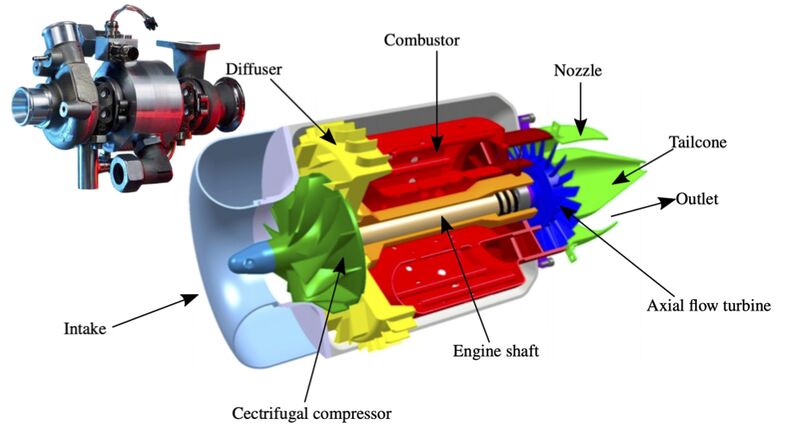One Dollar Green Hydrogen Challenge
Advanced Renewable
Mon , 20 May 2024 16:23 WIB

Among the main actors in the green economy are green fuels, while green fuels need green H2. The problem is with green H2, currently the average price is still too expensive relative to the energy it carries. With an energy content of around 120 MJ/kg, green hydrogen is sold on the market for well over US$ 5.5/kg.
To be competitive with energy from fossil fuels, which has an energy content of around 45 MJ/kg and is sold at around US$ 1.15/liter, green H2 must be able to be sold at user level at a price in the range of US$ 3.0/kg. Is it possible to reduce the selling price of green H2 to a price level that is competitive with the price of fossil fuels?
This price target is only possible if we can rationalize the overall production and logistics costs of green H2. There are at least 4 cost components in green H2, first is production costs, second is compression costs, third is transportation costs and fourth is storage costs.
Green H2 is currently produced mostly from water electrolysis with green electricity, requiring 39.75 kWh to produce 1 kg of green H2. If the current price of green electricity is around US$ 0.1/kWH, then the production cost of green H2 is already US$ 3.96/kg. Costs for compression - for easy transport/storage, transportation costs and storage costs are about US$ 0.5/kg, US$ 0.7/kg and US$ 0.3/kg respectively. From these 4 cost components we will know that green H2 still has to be sold far above US$ 5.5 so that the producer does not lose money.
Because the largest cost component is production costs, while the price of green electricity will still be difficult to reduce significantly in the next few years, we offer a method of producing green H2 that does not require large amounts of electricity, namely using SolidGas technology, which essentially consists of gasifying charcoal and then increase the H2 content through Water Gas Shift (WGS) and then purify it using a membrane reactor. With a charcoal price of around US$ 200/ton, the production cost of green H2 using SolidGas technology is only about US$ 0.9/kg.
If compression, transportation and storage costs are the same, then the total cost of green H2 using this method is only US$ 2.4/kg, this is much lower than the target to be able to compete with the petroleum mentioned above. Even with SolidGas technology, these costs can still be reduced further, namely if green H2 is produced in-situ, where it is needed.
With this in-situ production method, costs for compression, transportation and storage will also be significantly reduced, the total cost of green H2 will be in the range of US$ 1.2/kg. This is very close to the green H2 price of US$ 1/kg that a number of environmental activists dream of. What is the significance of this very low green H2 price? People will voluntarily migrate to green energy in droves, not because of environmental awareness, but economic interests - because green energy is cheap!
Pos Lainnya
3 Jalan Untuk Bahan Bakar Bersih Dan Murah
May 20, 2024
Super Powder
May 20, 2024
Dicari Insinyur Micro Gas Turbine (MGT)
May 20, 2024
New Way to Capture Carbon and Utilize It
May 20, 2024
Phenols : Multiguna Dari Yang Semula Tidak Berguna
May 20, 2024
Kategori
Renewable Energy






Silakan mendaftar terlebih dahulu!
Untuk memposting komentar baru. Anda harus login terlebih dahulu. Masuk
Komentar
Tidak ada komentar